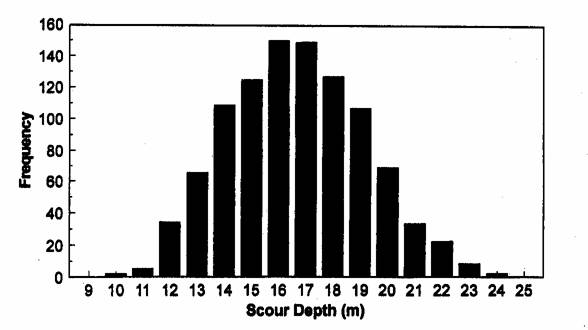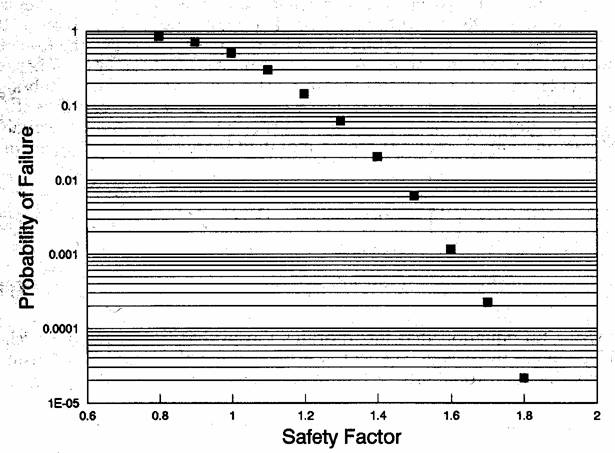References
Johnson, P.A., Gleason, G., and Hey, R.D., 1999. Rapid assessment of channel stability in the vicinity of a road crossing. Journal of Hydraulic Engineering, ASCE, 125(6), 645-652.
| Stream Stability in the Vicinity of Bridges.
The ability
to assess stream channel stability in the vicinity of bridges is
necessary for bridge
inspection,
design, and mitigation and prediction of erosion at those
structures.
Given the time constraints for bridge inspections and the expense of
conducting
lengthy geomorphic studies, it is desirable to have a technique for
rapidly
assessing channel stability. A systematic rapid channel stability
assessment
method based on stability indicators and morphologic
processes is currently being developed based on Johnson et al. (1999)
and field observations of bridge-stream intersections in 13
physiographic regions. Funding for this project is provided by
the Federal Highway Administration. References Johnson, P.A., Gleason, G., and Hey, R.D., 1999. Rapid assessment of channel stability in the vicinity of a road crossing. Journal of Hydraulic Engineering, ASCE, 125(6), 645-652. |
| Reliability and Risk.
Scour at bridge is generally estimated as a deterministic value.
Other loads at bridges, such as vessel impact and wind loads, are
dtermined as probabilisitc values. A probabilistic framework was
developed for estimating scour that incorporated uncertainties in the
FHWA HEC-18 scour equations, as well as in the parameters and hydraulic
variables. In addition, the probability of bridge failure was
related to the estimated maximum local scour depth using
probabilistically based safety factors. Bridge engineers are often faced with the task of selecting and designing effective scour countermeasures. We developed a risk-based method for ranking, comparing, and choosing the most appropriate scour countermeasures is presented using Failure Modes and Effects Analysis (FMEA) and Risk Priority Numbers (RPN). FMEA incorporates uncertainty in the selection process while RPNs can provide justification for selecting a specific countermeasure. References 1. Johnson, P.A., and Simon, A., 1997. Reliability of bridge foundations in modified channels. Journal of Hydraulic Engineering, ASCE, 123(7), 648-651. 2. Johnson, P.A., and Dock, D.A., 1998. Probabilistic bridge scour estimates. Journal of Hydraulic Engineering, ASCE, 124(7), 750-755. 3. Johnson, P.A., 1999. Fault tree analysis of bridge failure due to scour and channel instability. Journal of Infrastructure Systems, ASCE Journal of Infrastructure Systems, 5(1), 35-41. 4. Johnson, P.A., and Niezgoda, S.L., 2003. Risk-based method for selecting scour countermeasures. ASCE Journal of Hydraulic Engineering, 130(2), 121-128. |
  |